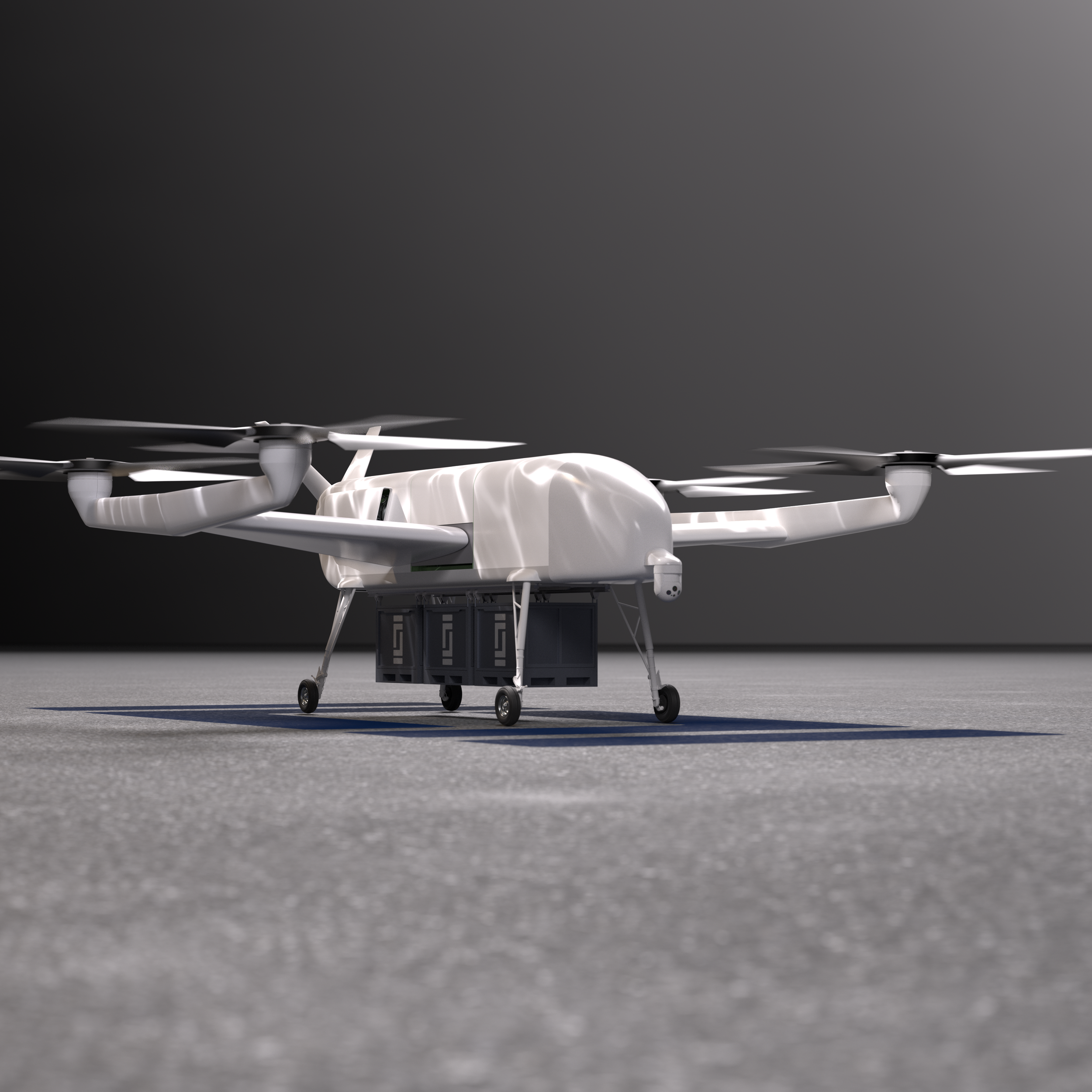
Addressing Longstanding Challenges
Flight Frame’s HARP-E platform aligns with the industry demand for multi-mission, adaptable systems capable of keeping up with the pace of innovation and can achieve sustainably low operating costs.
For system manufacturers seeking new markets or are constrained by the exclusivity deals with established OEMs, Flight Frame offers the opportunity for direct sales of systems without being beholden to traditional development cycles.
For aircraft operators seeking to minimize cost of air operations and simplify sustainment of aircraft, Flight Frame offers low-cost, and high-readiness alternatives to crewed helicopters

WHOLE PLATFORM MODULAR DESIGN
A host platform that is segmented into different system modules.
1) Powerplant Module:
Generates electricity for the rest of the platform
2) Propulsion Module:
Generates thrust and flight control.
3) Avionics Module:
Controls communications, navigation, telemetry, etc.
4) Airframe Module:
Provides structural support and mounting for all other modules.
5) Mission Module:
Built by Flight Frame, designed to accomplish a specific mission.
6) Integration Module:
Built by Flight Frame, the hub for all inputs and outputs to the
other system modules and uses Flight Frame’s common interface.

built and upgraded to your specific needs
The modular design of the HARP-E platform enables the selection of appropriate systems for the given mission set. If a mission module’s payload has an increased power requirement, a more powerful powerplant module can be rapidly installed. As new powerplant technologies become available, the relevant modules can be swapped out to benefit from their increased capabilities without the need for major redesign of the entire aircraft. The same is true for sustainment support where mechanical issues can be resolved quickly through interchangeable modules kept on hand using fewer specialized tooling and precision measurement systems.

